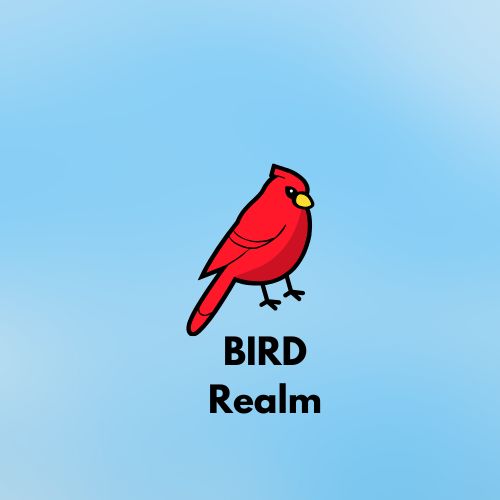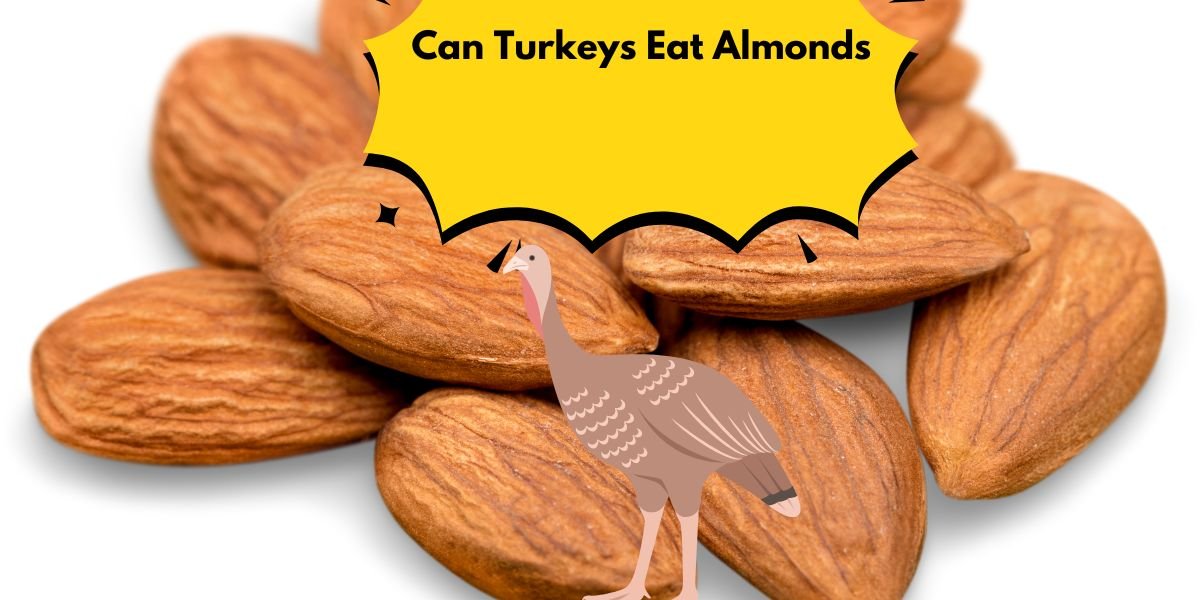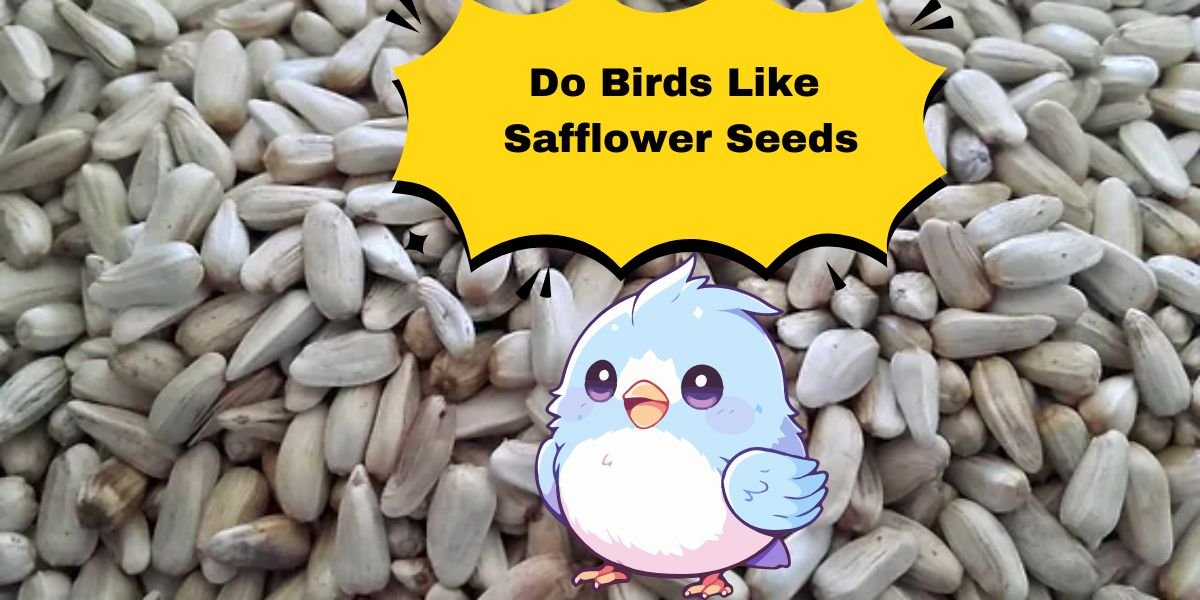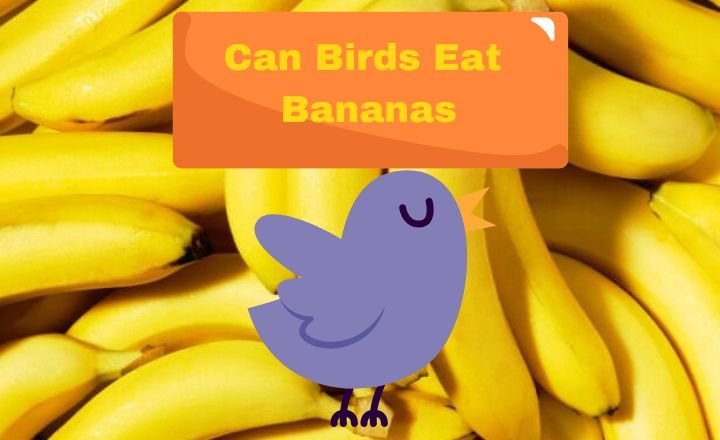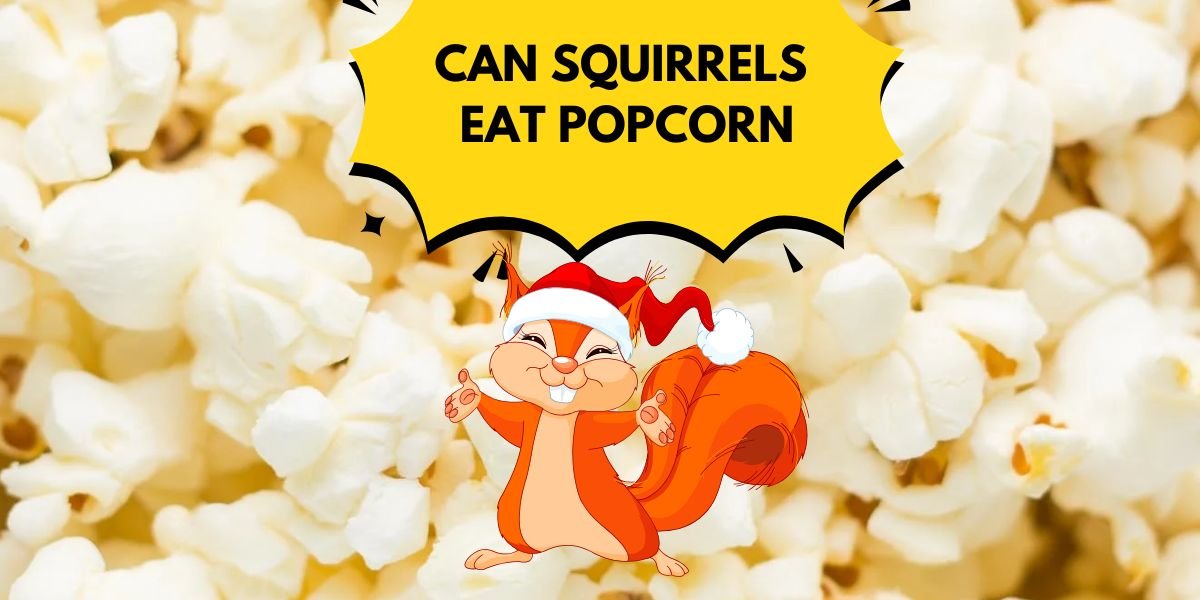Can Birds Eat Pistachios?
A sunny park walk reveals an atmosphere of bird songs while birds move between branches. You find yourself eating pistachios while sitting on a bench when suddenly the question pops into your mind: Can Birds Eat Pistachios?
The dietary world of birds presents a complicated picture since suitable treats exist alongside potentially dangerous food options. This guideline will analyze pistachio nutritional content and bird safety and present safe offering methods for those who wish to share their snack. Birds capture our attention through both their lively coloration and lovely musical expressions which go past simple note-taking.
Our knowledge of proper avian snacks creates stronger relationships between ourselves and natural wildlife communities and supplements birds’ dietary needs. Wild birds will respond to pistachios as a food source yet specific types of pistachios and the attracted bird species need careful evaluation.
You should investigate further to understand whether birds actually consume pistachios before discarding your extra shells or letting birds access your snack supply. We invite you to discover the truth about this interesting question regarding pistachio consumption by birds.
Birds That Enjoy Pistachios
Pistachios are a delightful snack for humans, but did you know that certain birds can also enjoy these tasty nuts? While not all avian species should be fed pistachios due to their high-fat content, some clever little foragers have developed a taste for them.
jays and crows, known for their intelligence and varied diets, can safely munch on unsalted pistachios, benefiting from the protein and healthy fats they provide. Providing these nuts in moderation allows bird watchers to engage with wildlife uniquely; observing how different species approach the challenge of cracking open the hard shell is fascinating.
Several species of wild birds are known to enjoy pistachios, especially those that typically incorporate nuts and seeds into their regular diets.
- Jays (including Blue Jays, Scrub Jays, Steller’s Jays)
- Crows and Ravens
- Woodpeckers (including Downy Woodpecker, Red-bellied Woodpecker)
- Titmice
- Nuthatches
- Chickadees
Jays (including Blue Jays, Scrub Jays, Steller’s Jays)
Jays, including Blue Jays, Scrub Jays, and Steller’s Jays, are remarkable members of the Corvidae family known for their vibrant colors and intricate social behaviors. These intelligent birds have evolved unique traits that enable them to thrive in diverse habitats across North America.
jays boast an impressive diet that includes fruits, nuts, and occasionally insects. Pistachios and cashews can be safely included in a jay’s diet when offered unsalted and shelled. These nutrient-rich nuts provide essential fats and proteins that contribute to healthy plumage and overall vitality.
Crows and Ravens
Blue Jays together with Scrub Jays and Steller’s Jays belong to the Corvidae family where outstanding birds display bright colors and complex social patterns. The evolutionary process has granted these smart birds special adaptations which make them successful inhabitants of multiple North American ecosystems.

The jay maintains an extensive diet made of fruit alongside nuts and supplement it with insect meals. The diet of jays can include pistachios and cashews when these nuts are provided unseasoned and without shells. The healthy nutrients found in these nuts will enhance a jay’s plumage appearance and general health.
Woodpeckers (including Downy Woodpecker, Red-bellied Woodpecker)
Birds in the woodpecker group provide viewers with intriguing examples of how animals become adaptable through specific behavioral traits. Downy Woodpeckers make regular visits to backyards because they search insects inside tree bark using their small size and charming look.
A woodpecker’s constant tree drumming achieves two purposes: it allows feeding and establishes its communication zone and protects its space. The dietary habits of these birds consist of eating both seeds and fruits. Woodpeckers can be given occasional pistachios as treats but the size should be small enough to prevent choking risks
Titmice
Members from the Paridae family known as titmice appear joyfully in various gardens while inhabiting woodlands. The agile foraging behavior of these birds displays numerous interesting activities especially when they feed. Titmice demonstrate impressive acrobatic abilities through their ability to cling upside-down when they search for insects or seeds.
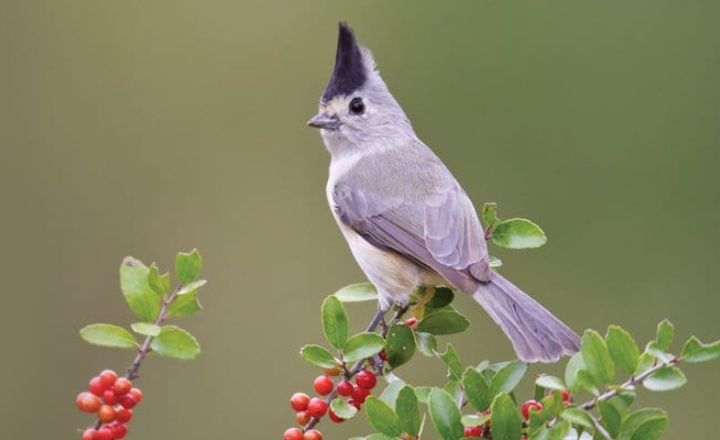
These animals feed primarily on insects and berries as well as seeds including sunflower and safflower. Titmice tend to favor nuts like walnuts or almonds which bird enthusiasts offer but raw unsalted pistachios provide additional nutritional value as a bird treat.
Nuthatches
Nuthatches, small yet charismatic birds known for their unique upside-down foraging habit, often capture the attention of both casual birdwatchers and seasoned ornithologists. These feathered acrobats belong to the Sittidae family and can be found flitting between tree trunks in woodlands across North America and Eurasia.
The eating of nuts presents health benefits yet people need to exercise moderation due to potential risks. Should nuthatches consume treats then unsalted pistachios could be an option as a snack however the consumption should be limited to promote their health. The dietary requirements of nuthatches differ from those of squirrels and jays since they do not consume standard kitchen nuts equally well.
Chickadees
The small bird species are recognized for their impressive capacity to remember things. Chickadees collect thousands of seeds in multiple sites throughout their territories during autumn which demonstrates spatial memory abilities that match most mammals.
Survival in winter conditions depends on this critical ability which enables birds to find food during periods of scarcity. Birds who primarily feed on sunflower and millet seeds can eat unsalted pistachios in appropriate amounts.
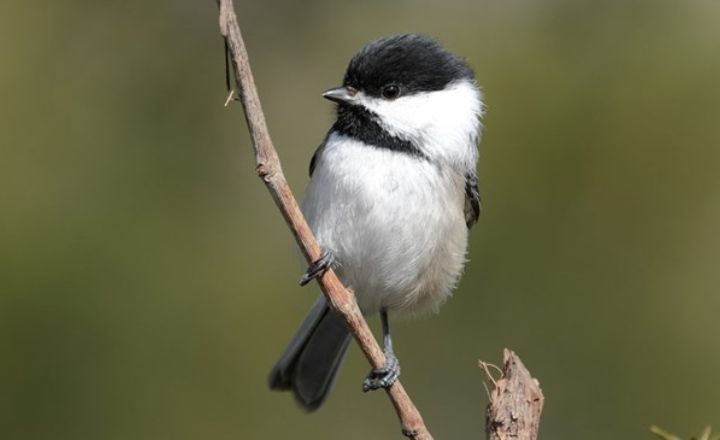
The necessary fats and proteins within pistachios work as vital nutrition for energetic birds who stay active. Monitor your servings to avoid health problems by limiting excessive treat consumption particularly high-fat foods. Small foraging birds eat traditional seeds like sunflower and millet but will consume unsalted pistachios if birdfeeders deliver these treats in moderation.
Pistachios and similar nuts supply active birds with essential fats alongside proteins which benefit their energetic needs. Carefully observe your portions because supplying too many treats and especially high-fat treats causes dietary unbalance.
Best Ways to Serve Pistachios to Birds
There are some best ways to serve pistachios to birds that are given below.
- Unsalted and Shelled
- In Moderation
- As part of a Varied Diet
Unsalted and Shelled
Providing unsalted shelled pistachios to birds brings beneficial health experiences for birdwatchers and the birds they feed. Pistachios are a flavorful treat that comes loaded with health-benefitting nutrients for birds instead of the sodium content present in salted nuts.
To feed birds pistachios in your backyard you should use either a specific bird feeder or spread them on the ground so sparrows as well as jays and parakeets can access them.
In Moderation
Birds find the consumption of pistachios to be an enjoyable experience but these nuts should be offered only in limited portions. Various hummingbirds including sparrows and finches are drawn to eat pistachios because of their rich flavor and pleasing texture. The method of leaving nuts contained within their shells creates a purposeful feeding experience that stimulates birds to use hunting techniques naturally encountered in the wild.
As part of a Varied Diet
Developing a balanced food source for visiting birds involves blending pistachios with different seed types together with nuts as well as fruits. Several pistachio combinations with different flavors and textures stimulate bird exploration and enhance their dietary intake so they derive satisfaction from their dining experience.
Pistachios Types to Avoid
People must take a careful approach to select the specific type of pistachios they want to eat. The majority of pistachio varieties deliver great taste with beneficial health effects yet select varieties should trigger your caution.
The poor harvesting practices of wild pistachios lead to elevated opportunities for aflatoxin formation which is a toxic substance that mold produces in poorly stored conditions. Dangerous choices about pistachio consumption threaten your well-being along with your ability to fully enjoy your planned snacks.
People should stay away from pistachio products that undergo heavy processing along with additional flavoring. The addition of salt with synthetic flavors and excessive sugar in manufactured pistachios diminishes the nut’s original taste while supporting health risks through bad eating patterns.
Final Words
Can Birds Eat pistachios? Unsalted and unsweetened pistachios serve as the best choices because high salt content and additional ingredients may prove harmful to birds. It is essential to take the shells off before feeding nuts to birds especially when you have little bird species since they might face difficulty with the shells.
The appropriate amount of pistachios remains essential because they bring health advantages to consumption. Pistachios should only be used as supplemental food instead of functioning as a replacement for seeds combined with fruits and vegetables. The addition of wisely chosen pistachios to your bird’s dietary plan brings delightful diversity to their eating experience which you should definitely explore at this moment.
